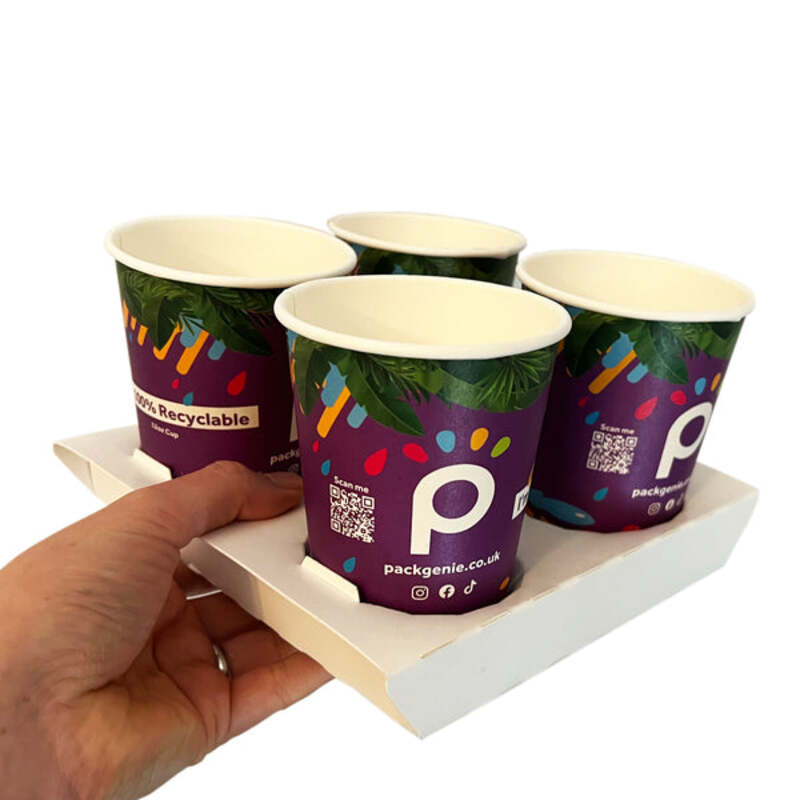The Art of Pouch Design Merging Functionality with Aesthetics
In recent years, pouch design has emerged as a significant trend in the world of fashion and product packaging. Pouches, characterized by their simple yet versatile structure, have gained immense popularity due to their functionality and aesthetic appeal. This article explores the unique aspects of pouch design, highlighting its versatility, sustainability, and the creative processes involved in crafting these functional artworks.
Versatility in Design
Pouches come in various shapes, sizes, and materials, making them incredibly versatile for numerous applications. From cosmetic bags and electronics cases to snack pouches and travel organizers, the adaptability of pouch design caters to a wide range of products and user needs. Designers often play with different fabrics, including cotton, polyester, leather, and eco-friendly materials like jute or recycled fabrics, to create pouches that not only serve their purpose but also reflect the personality of the user.
Moreover, the closure mechanisms—zippers, drawstrings, buttons, or Velcro—can dramatically change the pouch's aesthetic and functionality. Each design choice allows for a personalized touch, enabling users to select a pouch that resonates with their individual style and practical requirements.
Evolving Trends and Aesthetics
The aesthetic appeal of pouches is an essential aspect of their design process. As consumer preferences evolve, so too do the trends surrounding pouch design. Minimalist styles, bold colors, intricate patterns, and custom graphics are just a few examples of current trends that have influenced the market. Designers now often incorporate unique visual elements such as embroidery, prints, and embellishments, allowing users to express their identities through their chosen pouches.
Additionally, seasonal themes can play a significant role in pouch design. Trends often shift with the seasons, encouraging designers to brainstorm fresh ideas that align with contemporary aesthetics. For example, summer collections might feature vibrant floral patterns, while winter designs may lean toward cozy textures and earthy tones.
pouches design

The Sustainability Factor
As environmental consciousness continues to grow among consumers, sustainability in pouch design has become an essential consideration. Designers are increasingly focusing on sourcing eco-friendly materials and employing sustainable production methods. This shift not only appeals to eco-conscious consumers but also reinforces the brand's commitment to environmental responsibility.
Recycled materials, organic fabrics, and biodegradable components are increasingly prevalent in pouch design. By prioritizing sustainability, designers can produce pouches that are not only functional and stylish but also minimize environmental impact. This aligns with a broader movement aiming to reduce waste and promote responsible consumption within the fashion and design industries.
The Creative Process
The journey of creating a pouch involves extensive research and experimentation. Designers begin by identifying the target audience and understanding their needs and preferences. From there, mood boards are developed, exploring colors, materials, and styles that could resonate with the intended market.
Prototyping is a fundamental part of the process. Designers create multiple iterations of pouches, testing various functionalities, sizes, and aesthetic elements. Feedback from stakeholders and potential users plays a crucial role in refining the design until the perfect pouch emerges.
In conclusion, pouch design is a fascinating and dynamic field that beautifully blends functionality with aesthetic appeal. As trends evolve and sustainability becomes increasingly prioritized, the creative possibilities in pouch design are limitless. Whether for fashion, utility, or both, pouches are redefining how we carry our essentials while making a stylish statement.



